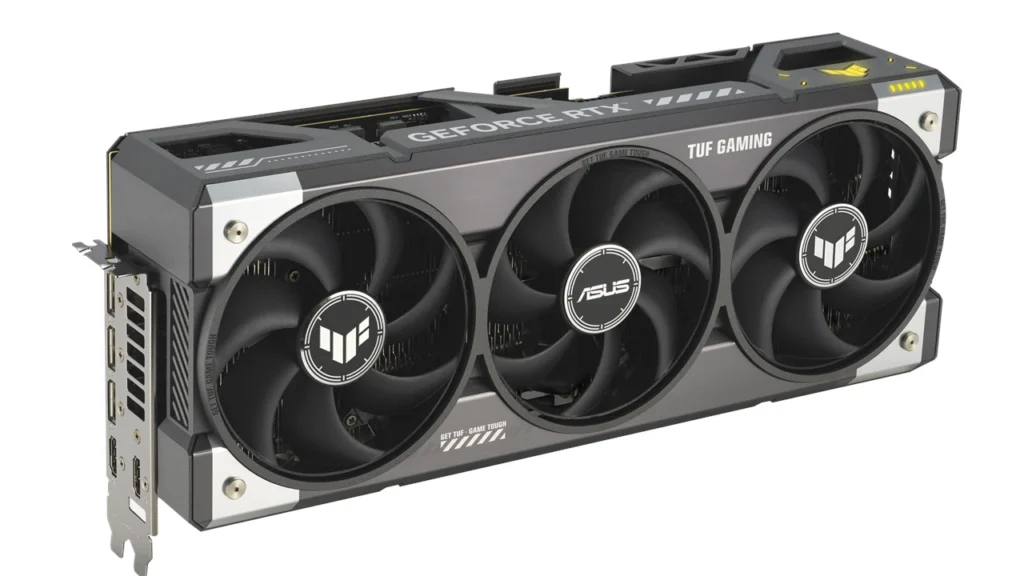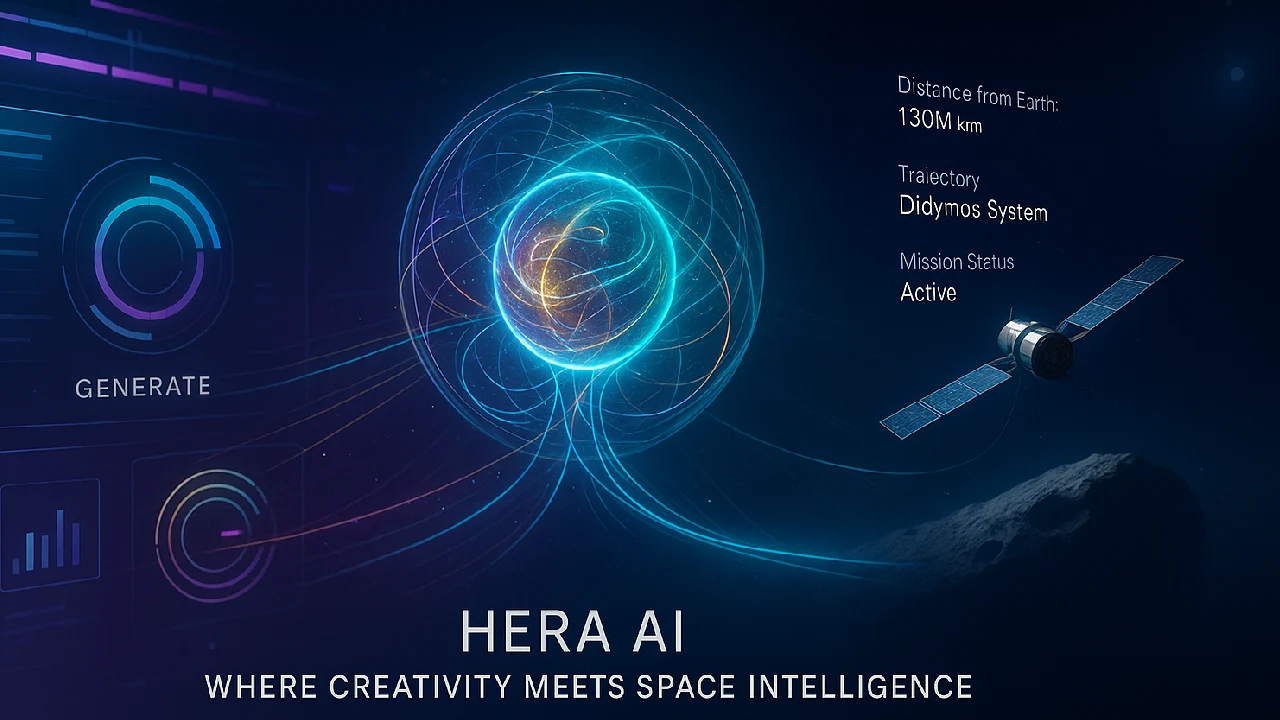GDDR7 memory offers up to 32 Gbps per pin, cooler operation, and built-in error correction giving gamers and creators smoother, more reliable performance than ever before.

GDDR7 memory is the latest step forward in graphics card technology, designed to make your games, AI tools, and creative software run faster and more efficiently. It improves speed, stability, and energy use compared to GDDR6, making it ideal for next-generation GPUs. In this guide, we’ll break down what makes it special and why it matters.
What Is GDDR7 Memory
GDDR7 SDRAM is a new generation of graphics memory built for modern GPUs. It’s designed to handle the rising demands of high-resolution gaming, AI training, and professional rendering. Compared to GDDR6, it moves data faster, uses less power for the same speed, and stays cooler under heavy loads.
Key Features of GDDR7 Memory
- PAM3 Signaling – Uses three signal levels instead of two, sending more information per cycle without a large increase in energy consumption.
- Higher Bandwidth – Starts at 32 Gbps per pin and is expected to reach up to 48 Gbps in the future, allowing GPUs to achieve massive total bandwidth.
- On-Die ECC (Error Correction Code) – Detects and fixes memory errors instantly, keeping performance steady even in long or complex workloads.
- Improved Heat Control – New chip packaging lowers heat resistance by around 70%, meaning better cooling and consistent speeds.
- Four 10-Bit Channels – Splits data paths into smaller, faster lanes for improved parallel processing.
- Lower Voltage – Runs at about 1.2 V, with future potential for even lower power draw.
Why GDDR7 Matters
This technology isn’t just about higher speeds it changes how efficiently GPUs work.
- For Gamers: Enables 4K and 8K gaming with ray tracing while keeping frame rates smooth.
- For AI Developers: Handles massive datasets without creating memory slowdowns.
- For Creators: Speeds up editing, animation, and rendering tasks so projects finish faster.
Example: A GPU with a 384-bit bus and 32 Gbps GDDR7 can move over 1.5 terabytes of data every second enough to handle the heaviest workloads with ease.
GDDR7 vs GDDR6
| Feature | GDDR6 | GDDR7 | Difference |
|---|---|---|---|
| Bandwidth per pin | Up to 24 Gbps | Up to 32 Gbps | +33% speed |
| Signaling method | NRZ / PAM4 | PAM3 | More efficient |
| Heat management | Standard | 70% lower resistance | Cooler operation |
| ECC support | Limited | Built-in ECC | Higher stability |
| Max total bandwidth | ~1 TB/s | >1.5 TB/s | Significant boost |
Real-World Benefits
- Next-Level Gaming: Runs the latest AAA titles with ultra-high graphics settings without stutter.
- Faster AI Processing: Handles AI training and inference at much higher speeds.
- Better VR and AR: Delivers smoother visuals and lower latency for immersive experiences.
- Professional Rendering: Reduces time taken for 3D design, VFX, and editing large video files.
Who Should Upgrade to GDDR7
- PC Gamers aiming for top performance in new titles.
- AI Researchers needing quick model training and real-time analysis.
- Video Editors and 3D Designers working with high-resolution projects.
- Tech Enthusiasts who want the most advanced GPU hardware available.
The Road Ahead for GDDR7
Leading memory makers like SK hynix, Micron, and Samsung are already developing larger GDDR7 chips, including 3 GB modules. This will let future GPUs ship with 24 GB or more VRAM. Higher speeds of up to 48 Gbps per pin are also on the roadmap, ensuring this memory standard will power GPUs well into the next decade.
Final Take
GDDR7 is not just another small update in graphics memory it’s a major redesign for speed, efficiency, and reliability. With PAM3 signaling for better data transfer, on-die ECC for stability, and huge bandwidth gains, it’s set to become the new standard for top-tier GPUs. If you’re upgrading in 2025 or later, getting a card with GDDR7 is the smartest move for future-proof performance.







